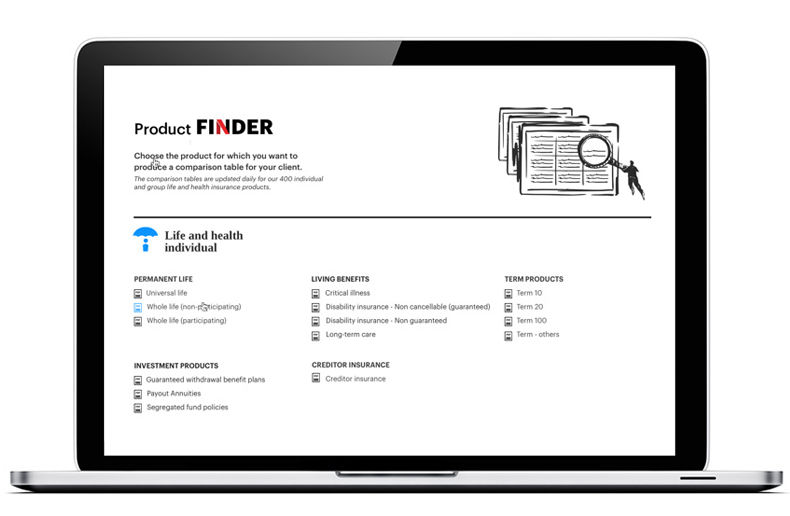After applying to the Supreme Court of Canada to have its case regarding the interpretation of contract language reheard, Intact Insurance Company’s application has been dismissed, with costs, on January 11, 2024.
The case, 2102908 Alberta Ltd. v Intact Insurance Company, 2022, examined whether a Fort McMurray, Alberta bowling alley owner was entitled to indemnity for property damage when, on April 27, 2020, water overflowed the banks of the Clearwater River and inundated the building that housed the bowling alley.
In the case, the insured argued that extensions in the contract clearly provided stand-alone, additional coverage for the influx of water and that there were no exclusions to this additional coverage in the policy. Intact, meanwhile, argued that the damage was caused by a flood and that its main contract with the insured specifically excludes coverage for such losses.
“The determination of this question involves the interpretation of the insurance policy. The law on the interpretation of insurance policies is settled. Policies are to be read as a whole, giving effect to clear and unambiguous language. Once the insured establishes coverage, the onus shifts to the insurer to establish that one of the exclusions to coverage applies,” the Honourable Madam Justice S.E. Richardson wrote in her 2022 decision for the Court of the Queen’s Bench of Alberta.
Specifically, the case looked at two relevant parts of the policy, one which excludes coverage for damage caused directly or indirectly by flooding, and an individual extension which reads: “This form is extended to cover loss or damage caused by seepage, leakage or influx of water derived from natural sources…”
In her decision, Richardson agreed that the extension unambiguously eliminated the exclusion. “While colloquially this event could be described as a flood, the specific action that resulted in the damage to the premises, pursuant to the statement of agreed facts, was the influx of water.”
The justice went on to cite precedents which indicate that coverage clauses should be interpreted broadly and the exclusion clause interpretated narrowly.
Later, in the Court of Appeal of Alberta, a split decision made in 2023, with two justices in agreement and one dissenting, found that the chambers judge made no error in her interpretation of the policy.
“Reading the broad form and the extension together, we conclude the policy provides coverage for influx of floodwater from natural sources into the respondent’s business premises. This interpretation aligns with commercial reality and the reasonable expectations of the insured,” states the memorandum of judgement made by the Honourable Justice Thomas W. Wakeling and the Honourable Justice Jolaine Antonio. “In any event, even if the general rules of contractual interpretation did not clarify the ambiguity in para 61 of the extension, we would apply Ledcor’s principle (Ledcor Construction Ltd v Northbridge Indemnity Insurance Co, 2016) that coverage provisions should be interpreted broadly and exclusion provisions narrowly, as the chambers judge did, and reach the same conclusion.”
A dissenting decision from the Honourable Justice Jo’Anne Strekaf states that the policy, read as a whole, was not ambiguous, with the influx of water extension reinstating some coverage, but not all. “The judgement concludes that the influx of water extension conflicts with the flood exclusion,” Strekaf writes. “In my view, there is no conflict. When the policy is read as a whole, it reflects an intention to carve out from coverage damage caused by an influx of water caused by a flood, as opposed to an influx of water derived from another natural source such as heave rainfall or rising ground water.”
The Supreme Court decided against rehearing the case and issued a judgement dismissing Intact’s application to appeal the case, with costs.







